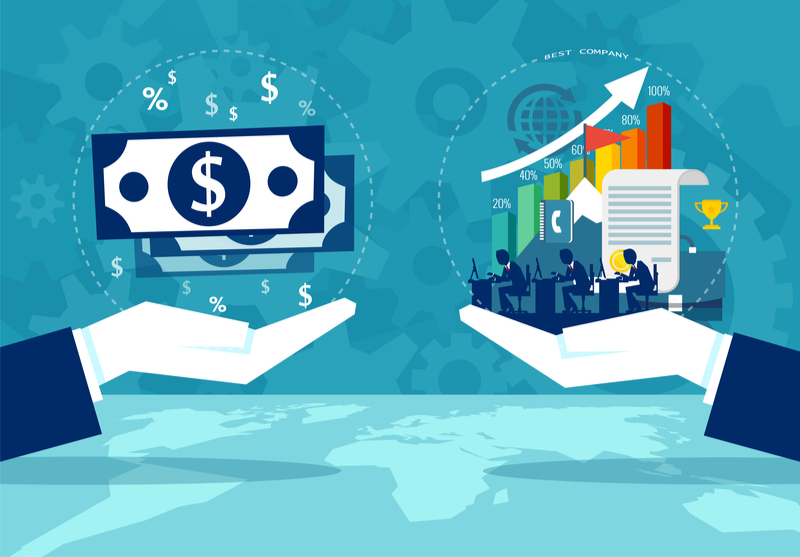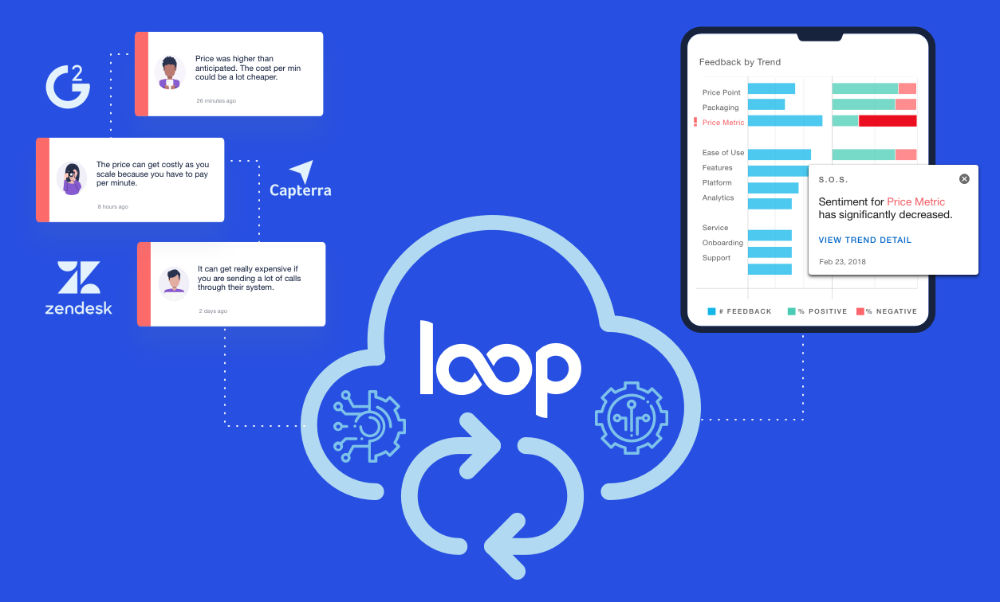Home » Delivering Results with Customer-Led Pricing Strategies
Delivering Results with Customer-Led Pricing Strategies
Madeline Turner

When we talk about the need for proactive pricing strategies, it’s usually related to the need to optimize pricing before there’s been a decrease in revenue or sales. More recently, teams have been talking about pricing strategies in response to the economic impact of COVID-19. B2B SaaS Product Marketers are adjusting strategies to best respond to customer and market needs without negatively impacting current cash flow.
While businesses that are already struggling due to the downturn might think that they can’t afford to execute any level of price drops for existing customers. Laura Beussman, Director of Marketing at Blackbaud, challenges this by saying that when you evaluate your cost of customer acquisition and lifetime value of an existing customer, you’ll realize that you can’t afford not to create incentives to retain your loyal customers.
The success of our companies is directly dependent on the success of our customers. Understanding this and acting on it in a way that drives more value for customers can be the difference between losing and saving revenue, now and in the future.
How Proactive Pricing Contributes to Growth and Retention
The best pricing strategies are those that are directly tied to customer value. This is considered value-based pricing – or as Profitwell positions it – customer-based pricing.
This could easily be called “Customer-Based Pricing” because that is effectively what it is. Instead of looking inwardly at your own company, or laterally towards your competitors, with value-based pricing strategy you look outward. You look for pricing information from the people who are going to make a decision depending on your price: your customers.
When your price is directly tied to what your customers need (and how much they’re willing to pay to address that need), you’re better positioned to respond as their needs change or expand. In many cases, this could mean that you’re identifying opportunities early for new bundles or offerings. It could also mean that you’re updating pricing or offerings to support your customers during their greatest times of need — much of what we’re seeing right now.
A shift in your pricing strategy is a reflection of your organization’s willingness to support customers in both the short and long term — and also what you prioritize as your greatest need: cash now or customers for life.
If you exist to provide value to your customers — which, in theory, we all do in SaaS — then the best and only option is to keep customers central to our pricing decisions. It’s easy to get caught up in pricing based on new revenue and acquisition goals (what are competitors offering? Or what will it take to close these new deals). But our pricing strategy is critical to how we retain our existing customers.
How to Implement Proactive Pricing Strategies Right Now
1. Segmentation is Key.
Laura Beussman points out that a blanket loyalty discount will result in lost revenue. It’s critical to understand how much different segments of your customer base are willing and able to pay. For instance, some industries may have been more negatively impacted by COVID 19 than others. Segment your customer base by vertical, size, time of purchase, and size of contract to understand how to shift your pricing based on customer need.
Some customers may be thriving, and some may be looking to cut costs wherever possible. Evaluate if you can systematically identify who those customers are, and align incentives accordingly. Perhaps customers in specific verticals or markets are hit worse than others. Perhaps the solutions those customers buy look different, so you can invest in incentives in specific solutions, instead of peanut butter spreading across all. – Laura Beussman, Director of Marketing, Blackbaud
Example: A blanket loyalty discount of $100 a month for three months across a customer base of 5K would result in a loss of $1,500,000. But if only a portion of your base requires a grace period, you could offer a discount of $50 a month for three months to 1K customers with moderate needs and $100 discount to 500 customers for three months, resulting in a total discount of $300,000 — a difference of $1,200,000.
Knowing who your customers are and what they need is critical to understanding how you can best support their needs and your bottom line.
2. Don’t’ value new customers over existing customers.
If your organization is dropping prices in order to sell through this pandemic, consider loyalty pricing at renewal. Otherwise, you’re making it cheaper for a current customer to leave and come back.
Consider, instead, creating new and simpler packages at lower price points so that your sales team is able to continue engaging prospects with value-led offers but you’re not putting current contracts at risk.
It may be that some of your more sophisticated features are not a critical need or priority right now. By simplifying your package to only offer the basic necessities, and updating pricing accordingly, this keeps your price directly tied to value, without impacting the price to value ratio.
3. Add something of value
Do you have a new feature or an add-on that is especially useful right now? If not, can you build one? Are there tools or resources or services that you can offer to support customers through this time?
Offering something of value without charging improves your price to value ratio without lessening your cash flow. – Laura Beussman, Director of Marketing, Blackbaud
Additionally, this demonstrates how your organization is prioritizing partnership during this time and responding with something tangible. Saying “we’re here for you” is one thing – actually being there is another thing entirely. The true opportunity is delivering on the latter, even if it is making product coaching services free during this time to ensure that your customers understand how to get the full value out of your product.
4. Empower renewals and retention teams
There may be customers that don’t fit into your segmentation loyalty strategy. Empower your renewals and retention teams to provide loyalty offers. Protecting revenue and preventing churn is critical right now, and your frontline customer success teams play an invaluable role in keeping customers through this time.
Partner with these teams to help them understand:
- How to keep customers from leaving with loyalty discounts
- How to talk about new features or resources that are being launched, and how to position this to each segment
- How to overcome product, pricing, and service objections from customers with messaging about what’s being done
Additionally, make sure that these teams know the path and the process to share feedback and learnings that they are hearing daily. This information is critical to your ongoing success and response.
Protecting revenue right now is directly tied to protecting customers, and ensuring that the strategies we’re implementing drive customer value. Being a customer-led growth company means keeping our customers at the center of all of our decisions – and pricing is no exception.



